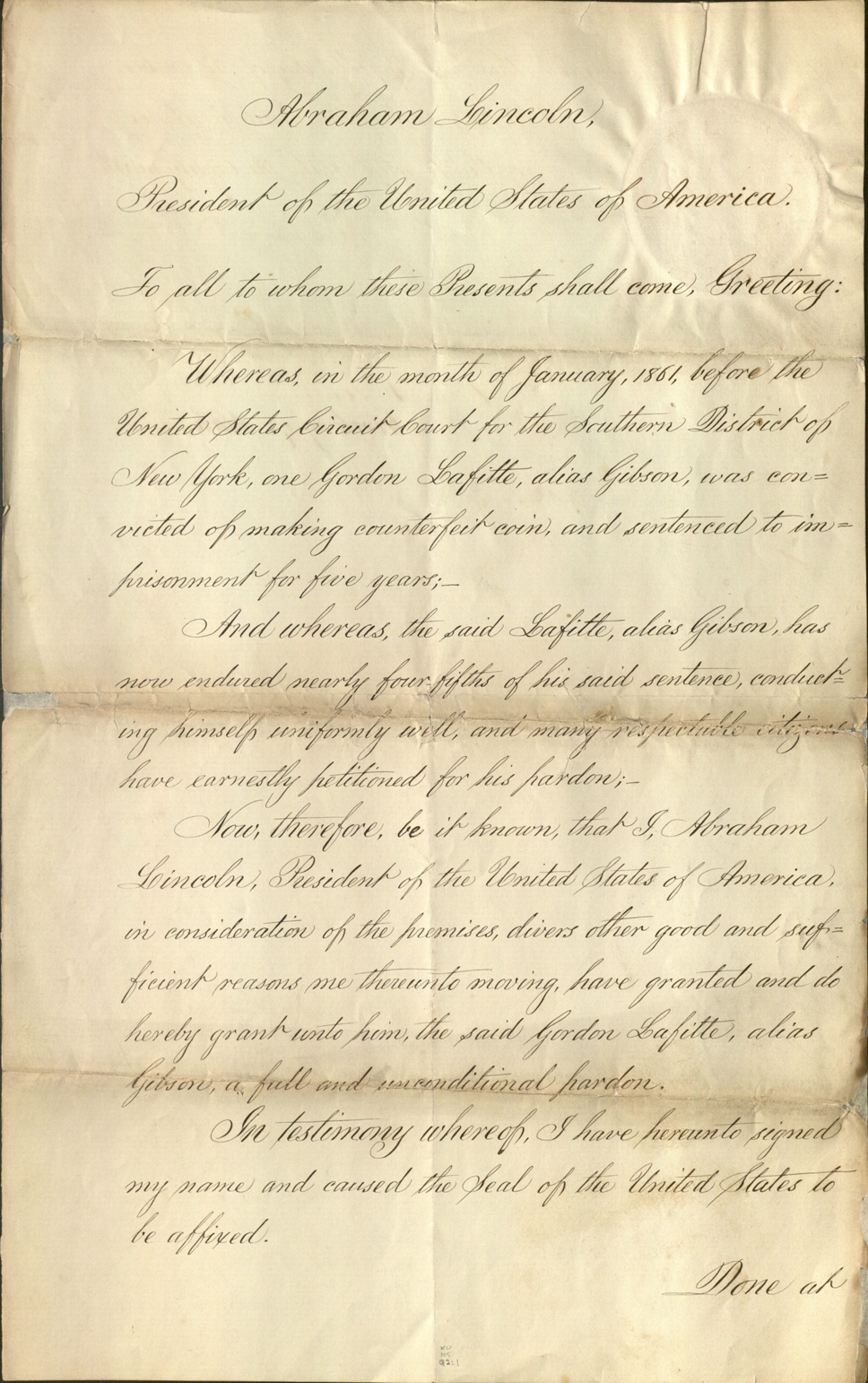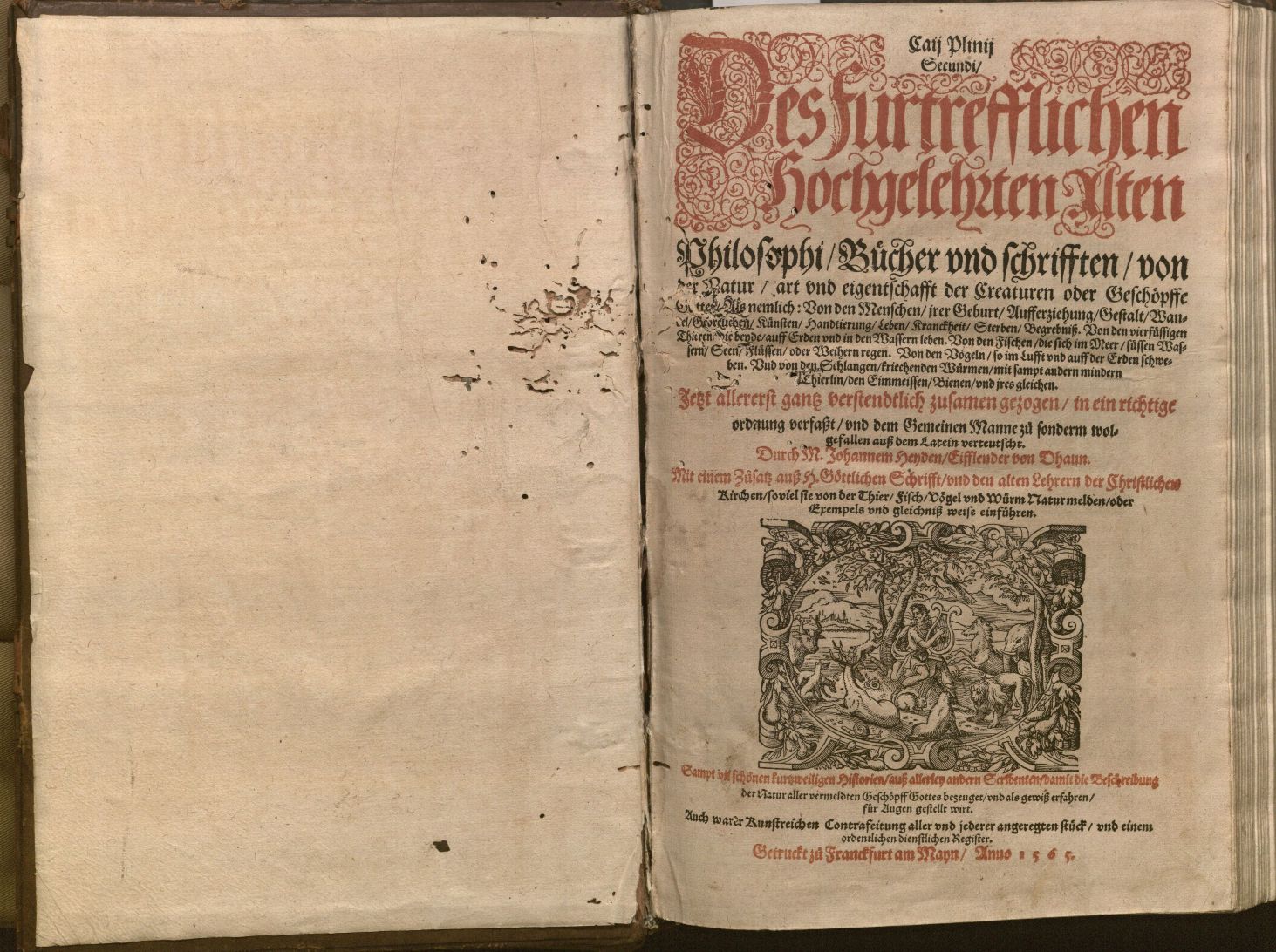February 28th, 2013 Do you remember these people and/or events in Wichita, Kansas? The Leon K. Hughes Photography Collection consists of more than 2,000 photographs documenting African American community life in Wichita, Kansas from the 1950s through the 1970s.




From top: Unidentified child’s birthday party, n.d. Call number: RH PH 506 Box 1, Folder 5; [?] Johnson and unidentified bride, n.d. Call number: RH PH 506 Box 3, folder 37; Ted Crochet and unidentified bride and their wedding party, June 14, 1969. Call number: RH PH 506 Box 2, Folder 20; Rosie Hughes and unidentified girl surrounded by a variety of camera equipment, n.d. Call number: RH PH 506 Box 18, Folder 30. Click images to enlarge.
The University of Kansas Libraries is honored to steward the Leon K. Hughes Photography Collection and make it accessible to viewers worldwide. As you can see when you browse through the amazing photographs found in this collection, many pieces of information are missing. Names, dates and/or events may not be known; some information may be incorrect or misspelled.
The collection is not static – it is intended to grow and it needs to grow!
We need your help to identify the community represented through this comprehensive and timeless collection. If you have additional information about any of the descriptions related to the collection photos, please click on the “Add Comments” link in the “Related Objects” field for any image in the collection and your knowledge about the photo will be sent to us here at KU so we can revise the information. All digitized Hughes photographs can be found at http://luna.ku.edu:8180/luna/servlet/kuluna01kui~16~16.
You may also submit your information by contacting Deborah Dandridge (ddandrid@ku.edu).
Start exploring the collection:
Deborah Dandridge
Field Archivist/Curator, African American Experience Collections
Tags: African American Experience Collections, African American life, crowdsourcing, Deborah Dandridge, Kansas, Leon K. Hughes, Leon K. Hughes Photography Collection, photography, professional photographers, Rosie Hughes, Ted Crochet, Wichita
Posted in Exhibitions, Kansas Collection |
No Comments Yet »
February 21st, 2013 In honor of Presidents’ Day (and the upcoming Academy Awards with a certain Lincoln movie in the lead with twelve nominations), we highlight this Presidential pardon signed by Abraham Lincoln on November 25, 1864.
He pardoned one Gordon Lafitte, alias Gibson, for “making counterfeit coin.” Mr. Lafitte had served 4/5ths of his 5 year sentence and was pardoned for good behavior while behind bars.


Pardon for Gordon Lafitte. Signed by Abraham Lincoln and William H. Seward. November 25, 1864.
Call number: MS Q2:1. Click images to enlarge.
Whitney Baker
Head, Conservation Services
Tags: Abraham Lincoln, American History, Gordon Lafitte, Legal Documents, Pardons, President's Day, Presidents, Whitney Baker, William H. Seward
Posted in Conservation, Special Collections |
No Comments Yet »
February 13th, 2013 Written at a time of great bloodshed and uncertainty, this valentine poem’s tone is more self-reflective and, perhaps, morbid, than you are likely to find in a card in the drugstore rack in 2013. The choice of stationery heightens the war-time effect.
The year on the first page of the poem might read either /64 or /66. What do you think it says? Was this valentine poem written during or just after the Civil War?


“A Valentine” Addressed to Mr. Stephen Jones, [Kerney?] City, Colorado Territory. [1864 or 1866?] Amory K. Chambers Collection. Call number: RH MS 531, Box 1, Folder 7. Click images to enlarge (poem transcribed below).
A Valentine
When years have wrought their changes
Up on the human heart
When lifes bright hopes have vanished
And early friends depart
And would some voice attend
I think that mine for one would say
I truly am thy friend
—
When time has parted us on earth
And years have taken flight
Lets not forget our friendship here
That hope hath made so bright
Let us oft think of how we met
[page 2]
Our voices raised in prayer
And let our lives be pure on earth
That we may meet him there
—
When shared each others griefs and joys
We know each others hearts
But years will make great changes
For we will have to part
Yet let our friendship ere be true
While earth life here has given
And we if live as God requires
We will meet again in heaven
Whitney Baker
Head, Conservation Services
Tags: Amory K. Chambers, Civil War, Kansas Collection, Poetry, Stephen Jones, Valentine's Day, Whitney Baker
Posted in Kansas Collection |
No Comments Yet »
February 8th, 2013 Pliny the Elder, that most famous and trustworthy of the ancient Roman naturalists, was too curious about natural phenomena for his own good; as every school-child knows, he was asphyxiated by volcanic dust and gasses when he went to investigate the same eruption of Vesuvius that destroyed Pompeii in 79 A.D.
Aristotle and Pliny are the names that come to mind when we think of naturalists of the ancient world. Aristotle was the originator of biological classification; in contrast to the Biblical groups of animals as “clean” or “unclean,” he established categories based primarily on anatomical and other observable characteristics. His was a coherent natural system. The Spencer Library has several editions of Aristotle’s Historia Animalium, the earliest printed in 1493.
The only surviving work of Pliny is the encylopedic Naturalis Historia, the earliest extant manuscript of which dates from the 10th century.** His work was a compilation of all the animals and plants that he knew of or had heard about, and contained little that was original. He was not yet a systematist and there was little order in his arrangement, but we have him to thank for the survival of some of the writings of others, and he is regarded as THE authority on natural history from the days of Imperial Rome through the Middle Ages.


Pliny, the Elder. Caji Plinii Secundi … Bücher und Schrifften von der Natur, Art und Eigenschafft der Creaturen oder Geschöpfe Gottes … [Naturalis historia. German.] Franckfurt am Mayn : Feyrabend und Hüter, 1565. Call Number: Summerfield E1059. Click images to enlarge.
Beginning with the earliest printing of Pliny in 1469, there were at least 42 printings in numerous languages, including English, before 1536. The Kenneth Spencer Research Library houses 21 separate editions produced between 1476 and 1685. This German version contains books 7-10 and part of book 11. The translation was made by J. Heyden Eifflender von Dhaun and is illustrated with woodcuts by Jost Amman and Virgil Solis.
Sally Haines
Rare Books Cataloger
Adapted from her Spencer Research Library exhibit and catalog, Slithy Toves: Illustrated Classic Herpetological Books at the University of Kansas in Pictures and Conservations
**Author’s Note: This is the information we had at the time of publication of Slithy Toves in 2000; Mr. Roger Pearse has recently pointed out that in fact there do exist fragments of 5th century codices of Pliny.
Tags: Aristotle, Bücher und Schrifften von der Natur, classification, Crocodiles, Historia Animalium, J. Heyden Eifflender von Dhaun, Jost Amman, natural history, Naturalis Historia, Pliny the Elder, Sally Haines, Slithy Toves, Virgil Solis
Posted in Exhibitions, Special Collections |
No Comments Yet »










